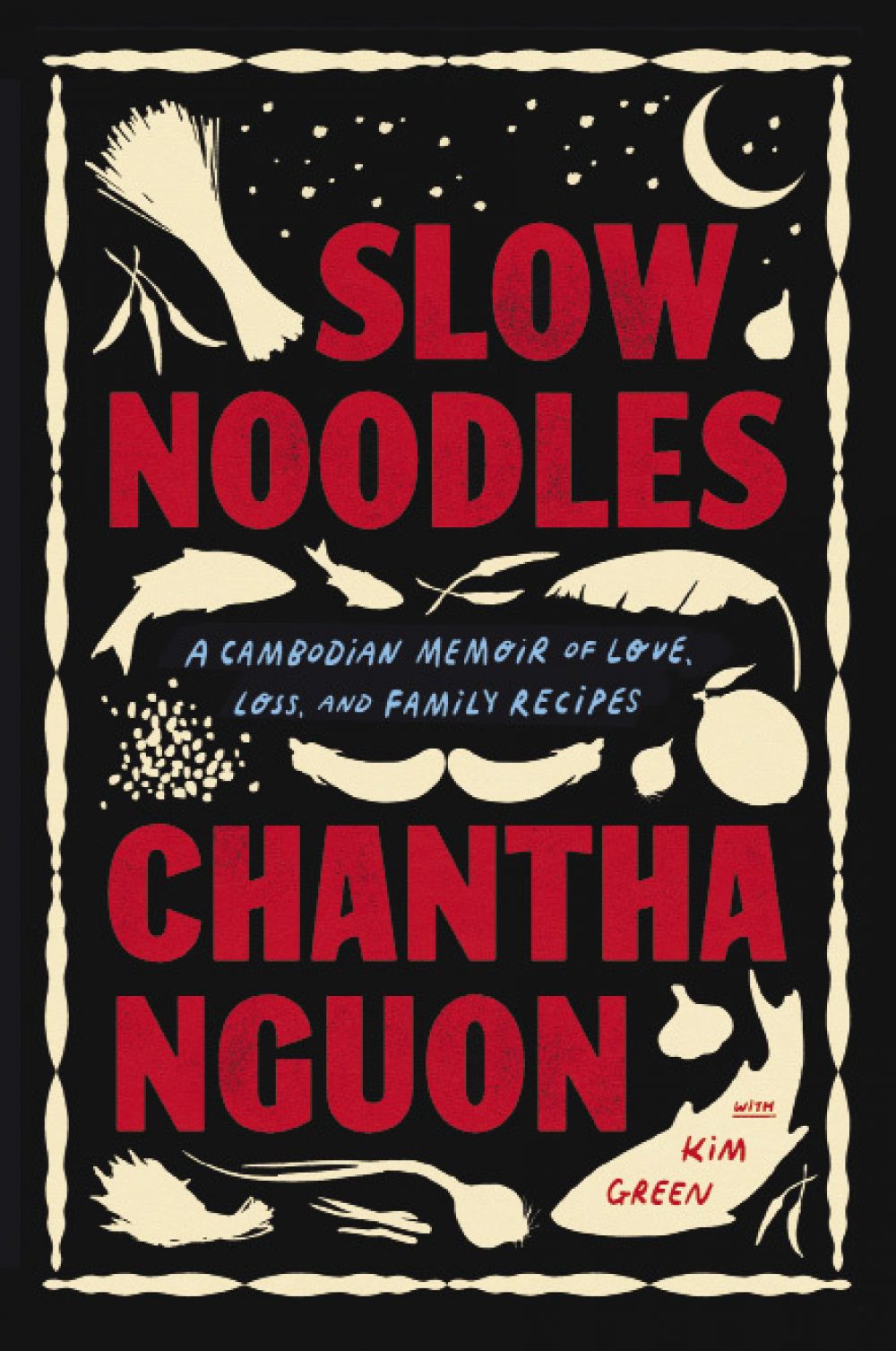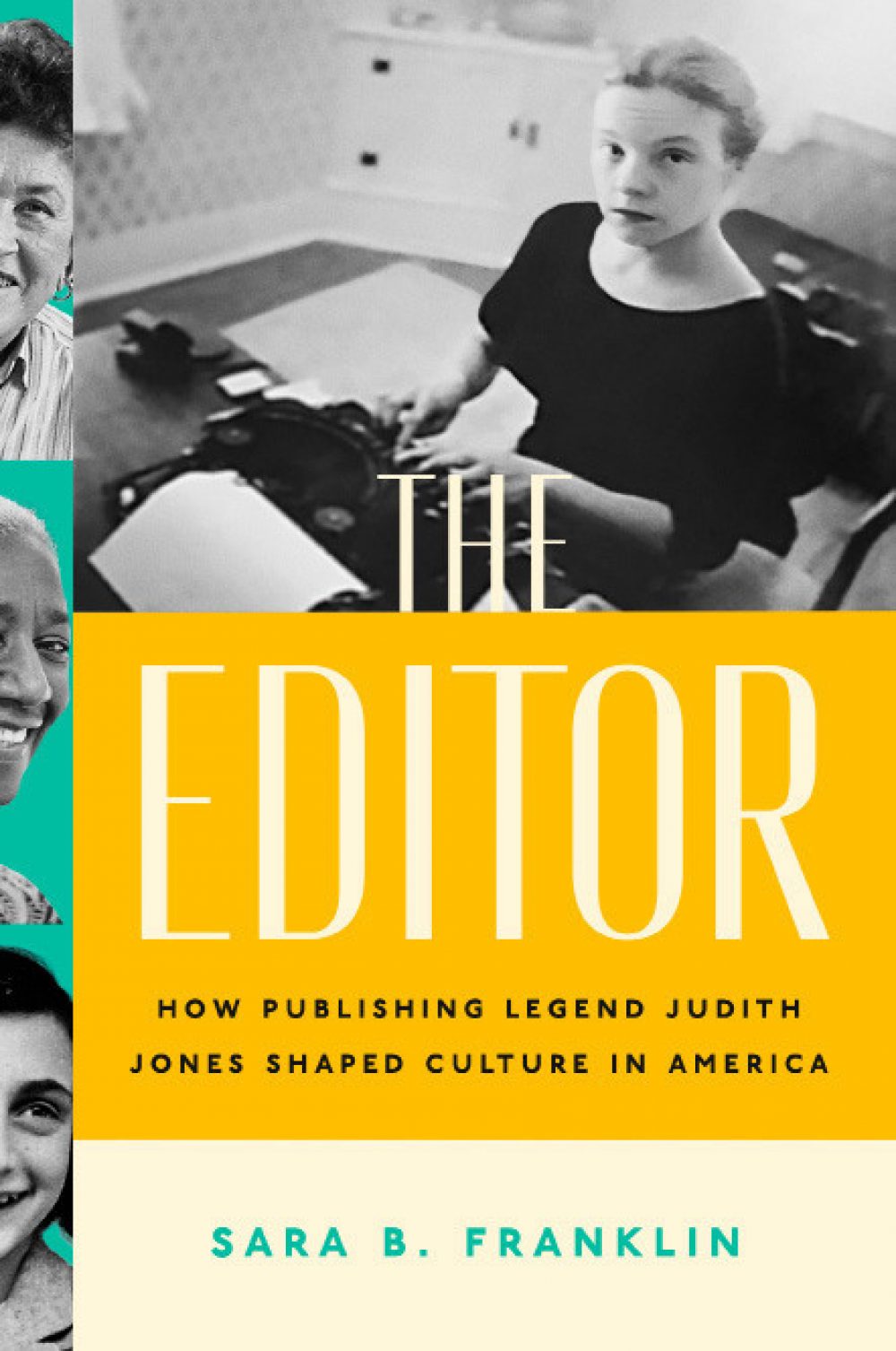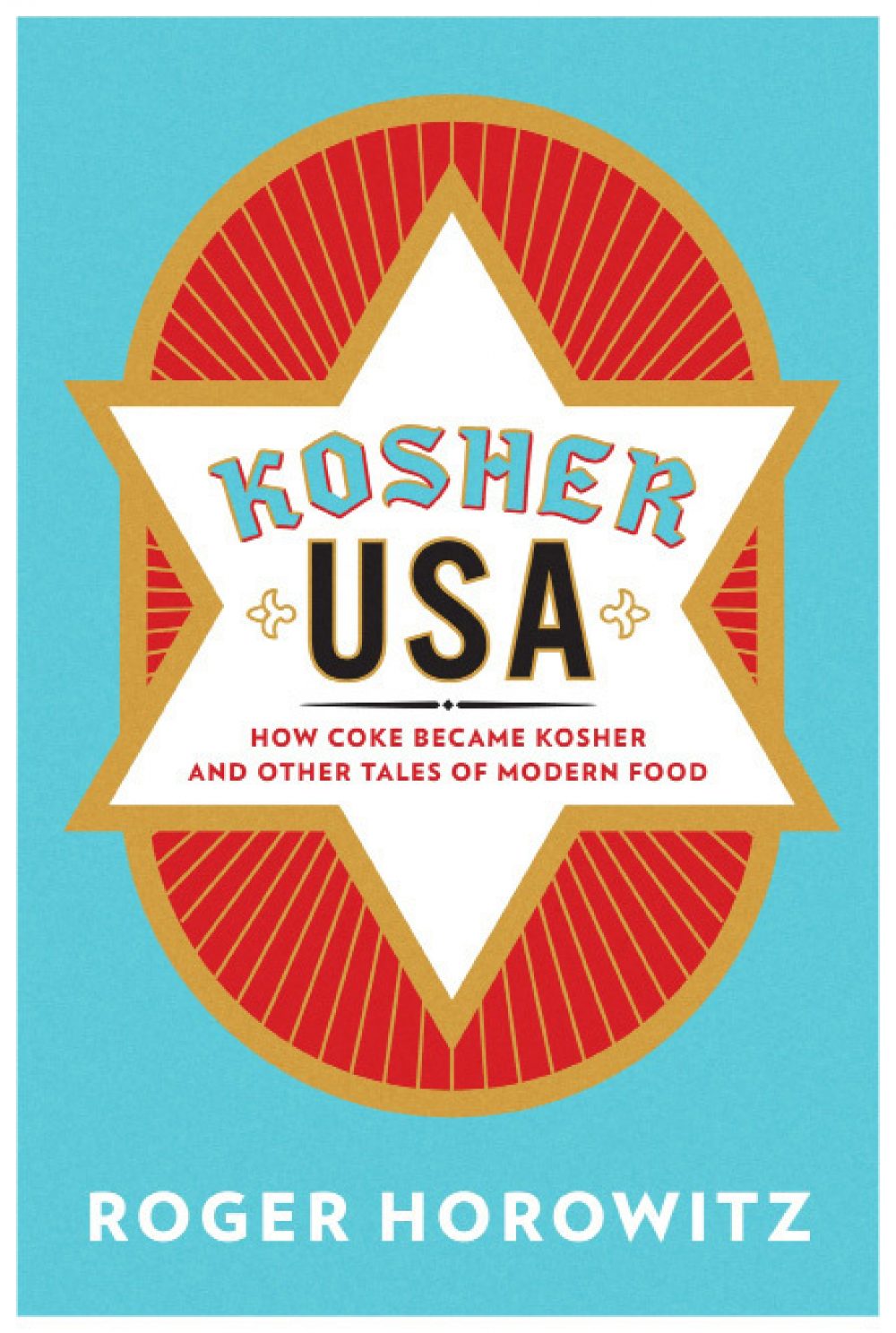Slow Noodles
by Chantha Nguon
Chantha Nguon was born in Cambodia in the year of the buffalo, which means that she is industrious and stubborn—necessary traits for her life story. Her father died young, so at age 9, she flew to Vietnam with most of her siblings to live in a small shack that housed 20 family members. To make ends meet, Nguon cooked in a brothel. After many of her siblings died in Vietnam, she found her way to a Thai refugee camp. Eventually, she returned to Cambodia, living in a remote forest and almost starving to death. In her first piece of good luck, she was offered a job with Doctors Without Borders, marrying and having two children. But her lifelong suffering had consequences—she was so focused on raising her daughter to be tough that she didn’t hug her until she was a teenager. Some of the recipes in “Slow Noodles” are recipes for life: “Fill a large rice sack with the dozens of pairs of stupid clogs you bought to make yourself feel less poor. These will serve as excellent firewood.” Others are the real deal, from spicy beef noodle soup to banana ice pops. I have read many cookbooks based on family histories, but “Slow Noodles” transcends the “what I learned from my mother” narrative. It’s the story of survival against implacable suffering with an ending more bitter than sweet.
Buy on Amazon
The Editor
by Sara Franklin
This is the life story of Judith Jones, the famed Knopf editor who championed Julia Child’s “Mastering the Art of French Cooking.” Her claims to fame include arguing for an English translation of the diary of Anne Frank, editing John Updike and befriending the likes of Truman Capote, Sylvia Plath, Gore Vidal and Tennessee Williams. Her cookbook authors included Marion Cunningham, Marcella Hazan and Madhur Jaffrey. While living in Paris, she established a salon of sorts in her apartment, cooking for the expat literati. In 1957, she became Blanche Knopf’s assistant, steadfastly struggling up the corporate ladder to become a full-fledged editor. Jones once invited me to lunch, but as I entered her office, I found Edna Lewis sitting regally in the guest chair, so I had to accept a permanent rain check. (Famously, Lewis cooked Jones squirrel stew, the main ingredient shot and shipped overnight from her brother via FedEx.) Jones and Child had a close relationship. When she asked Child to include more peasant dishes in “Mastering,” Child replied, “Real peasants boil everything.” Jones always put food in a broader social context: “Food was our rebellion. It gave us the courage to see things, make things happen.” Jones was not a fan of “Julie & Julia,” but she was a defender of old age. She wrote: “Every office needs to have a little ripe fruit and aged cheese around.”
Buy on Amazon
Kosher USA
by Roger Horowitz
Food fights about what is truly kosher have been going on since the appearance of the Torah. For example, is sturgeon kosher? The Torah says that fish have to have fins and scales, but the scales of a sturgeon are remarkably hard to remove (if they cannot be removed, are they scales?). Cookies and cream ice cream was initially an issue, since Oreos had a lard filling. (Nabisco had to kosherize over 100 ovens.) Coke was also prohibited, as it contained alcohol and glycerin; these were eventually replaced by fermented molasses and cottonseed oil. The gelatin in Jell-O got a pass on a technicality—the prohibition was focused on animal flesh, not the bones. And the reason Manischewitz, the first kosher wine, has such a sweet character has nothing to do with kosher and everything to do with the Concord grapes grown in New York. Today, kosher certification is big business, with most food companies finding it cheaper to make all of their products kosher rather than set up separate manufacturing lines.









